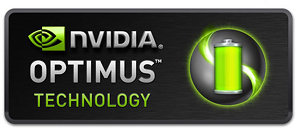
AMD Delivers Performance, Stability, Expanded Feature Set with New Catalyst Suites
AMD today announced several new ATI Catalyst graphics driver features designed to enable higher performance, industry-leading stability and an even more intuitive computing experience for ATI Radeon graphics customers. Two ATI Catalyst driver updates unlock the new features, the first coming today in ATI Catalyst update, version 10.2, and the second scheduled for release in March. The releases represent AMD's ongoing commitment to providing regular driver updates focusing on stability, performance and innovation for users of ATI Radeon graphics processors.
"As the first and, to date, only company to provide DirectX 11 technology and ATI Eyefinity multi-display technology, AMD continues to demonstrate our commitment to innovation in graphics," said Ben Bar-Haim, corporate vice-president, Software, AMD. "Our monthly ATI Catalyst driver updates further illustrate that commitment as we focus on continually enabling greater performance, even more rock solid stability, and intuitive, innovative features."
"As the first and, to date, only company to provide DirectX 11 technology and ATI Eyefinity multi-display technology, AMD continues to demonstrate our commitment to innovation in graphics," said Ben Bar-Haim, corporate vice-president, Software, AMD. "Our monthly ATI Catalyst driver updates further illustrate that commitment as we focus on continually enabling greater performance, even more rock solid stability, and intuitive, innovative features."






